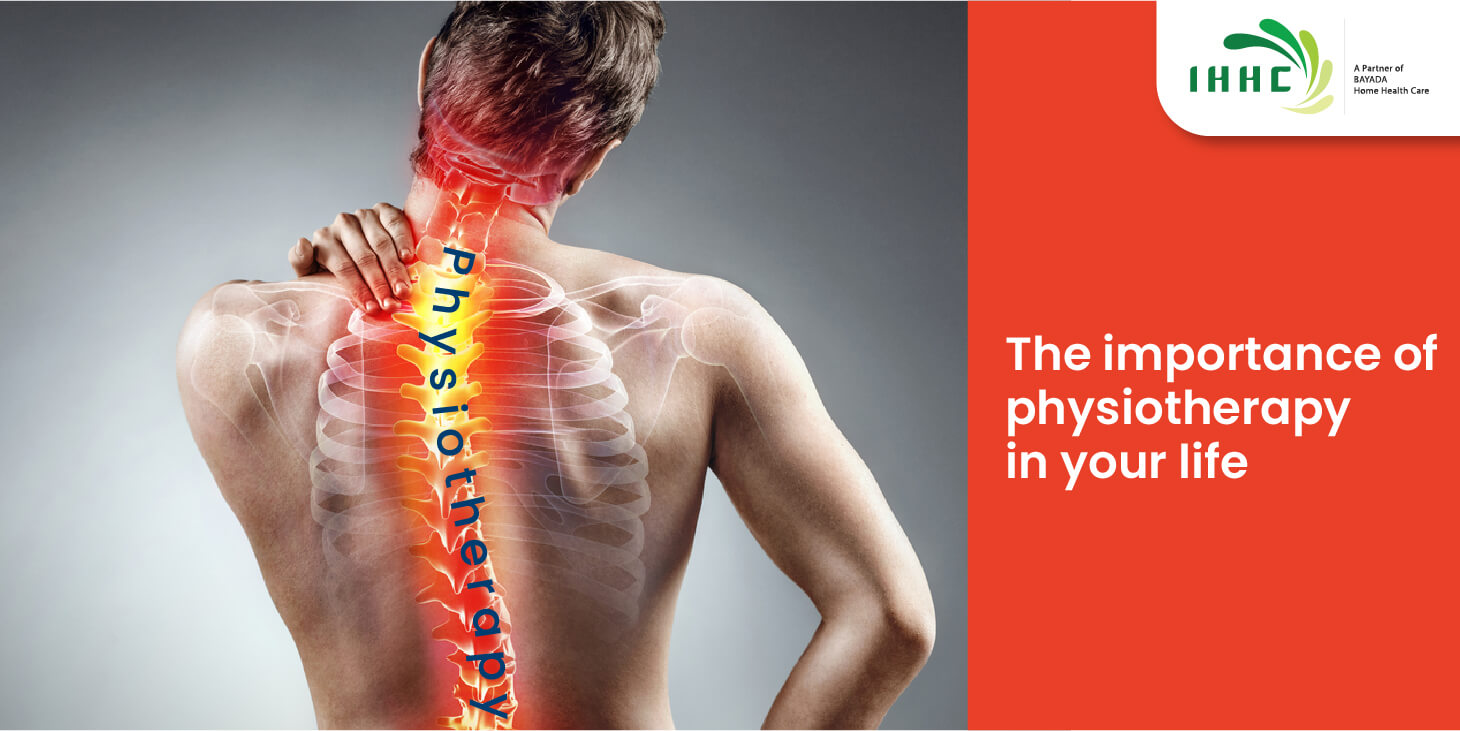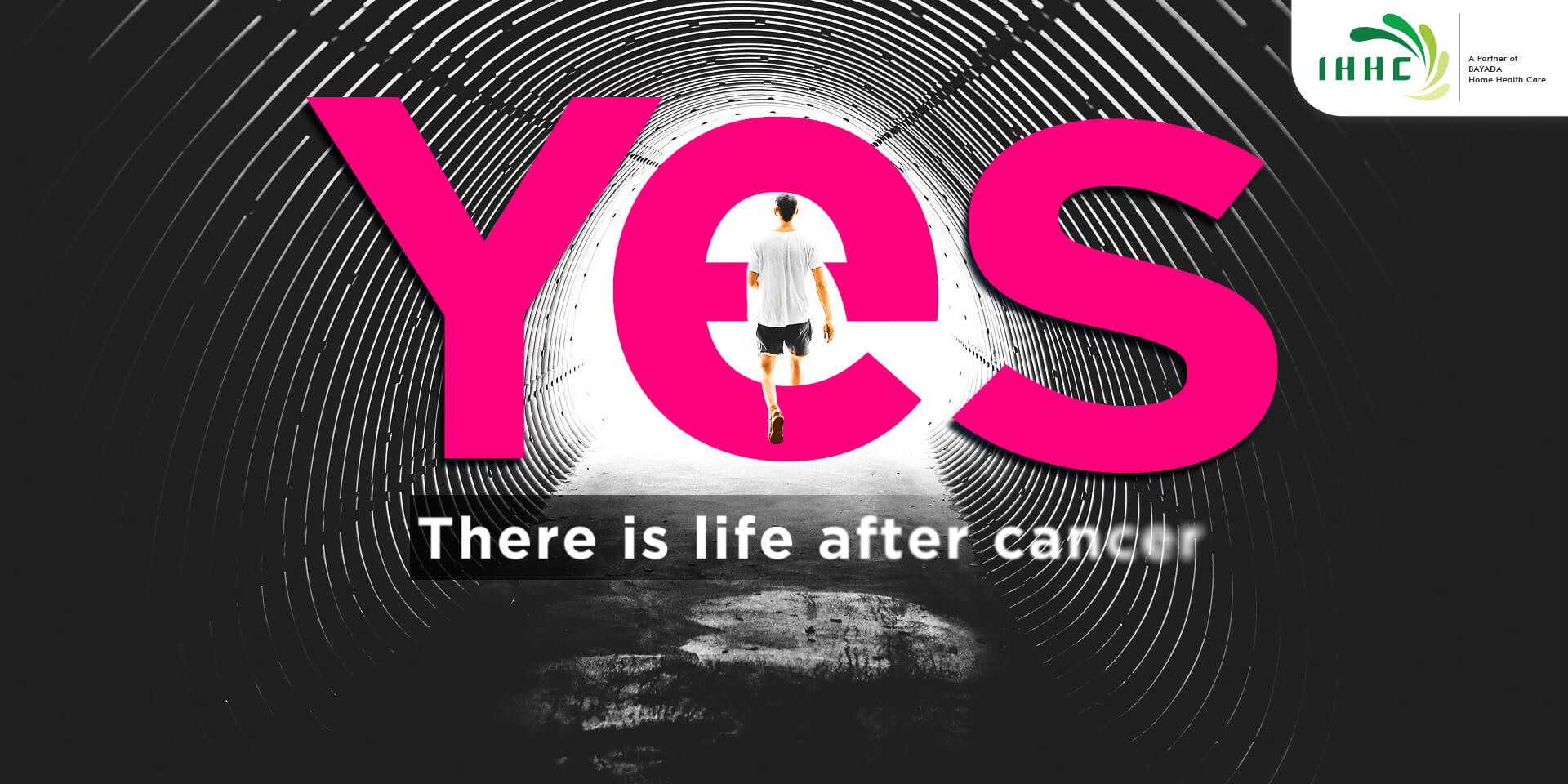Is there a need for home healthcare in India?
The history of mankind is replete with health problems – especially those that affect the neck, back and legs. Could this have anything to do with that fact that, genetically speaking, man was not physically designed to get up on his hind legs and starting walking on two limbs instead of four?
Did evolving from four legged mammals to two legged upright examples of humanity, the reason why our human skeleton has found it difficult to deal with the stresses and strains of modern life? Does using two legs instead of four, give us reason to run to physiotherapists and chiropractors – sometimes on a daily basis? Let’s look back at the evolutionary story that gave rise to the services that these two arms of medicine offer us today - to repair the damages that the human body had to put up with over many millennia.
“Fossil and molecular evidence suggests the earliest ancestors of the human family lived in forested areas in equatorial Africa in the late Miocene era some 8 to 10 million years ago, when changes in climate may have increased the distance between food patches. That would have forced early hominids to travel longer distances on the ground and favoured those who could cover more ground using less energy”, says Michael Sockol of UC Davis, July 20, 2007. This evolutionary change gave rise to a whole host of problems that have laid hominoids low (literally!) over the centuries.
Back pain is the largest contributor to disability worldwide…
This is according to the most recent Global Burden of Disease study. So, why do so many of us suffer from back pain? Generally, back issues also affect the lower limbs…Lower back pain can and does affect people of all ages. So, when we have problems with our backs and lower limbs – who do we call? In fact, if you are suffering any sort of muscular or skeletal pain, how do you know what kind of treatment you require? Do you opt for a physiotherapist or decide on going to a chiropractor? Do you understand the difference between chiropractic techniques and physiotherapy – and which one would suit you best?
The difference between the physio and the chiropractor
Chiropractors and physiotherapists treat joints and musculoskeletal problems, with the objective of increasing movement and strength, reducing pain and helping you get back to full function. But the chief distinction between the two disciplines is:
- A chiropractor uses manipulation
- A physiotherapist will use mobilisation techniques
What is chiropractic manipulation?
Chiropractors treat acute and chronic low back and neck pain, sciatica, neck related and tension headaches, neck related dizziness or vertigo and extremity joint conditions – amongst other skeletal ailments. They use their hands to adjust the joints in your spine and limbs when they find signs of restricted movement. Specific manipulation techniques, applied gently, help to restore normal body movement. The objective of chiropractic treatment is to make you move better, more easily and freely.
What is physiotherapy mobilization?
A physiotherapist will treat a patient using a range of manipulation, massage techniques, electrical therapies and exercise - to heal and restore movement. They treat back and neck pain, sciatica, arthritis, swelling in joints, repetitive strain injury, sports injuries and cartilage, ligament and tendon damage. While many of these don’t directly impact the skeleton, they involve a range of muscles, tendons, ligaments and nerves that are attached to the bones of the human body. These are what the physio treats and aims to heal.
So, if you are suffering from pain, who do you choose?
If your back or joints feel locked, stiff, and painful - and other treatments have not worked - then a consultation with a chiropractor is a good idea. Soft tissue injury, as well as joint and muscular problems which are restricting movement and causing pain, are most often treated by physiotherapists.
Sometimes, a brief consultation over the phone can determine whether you should see a physiotherapist or chiropractor. However, your first priority should be to get yourself examined professionally, and your medical practitioner will then advice you on which treatment is best for your condition – and refer you accordingly. Both disciplines will also give exercises and advice to help manage injuries and ongoing medical conditions.




